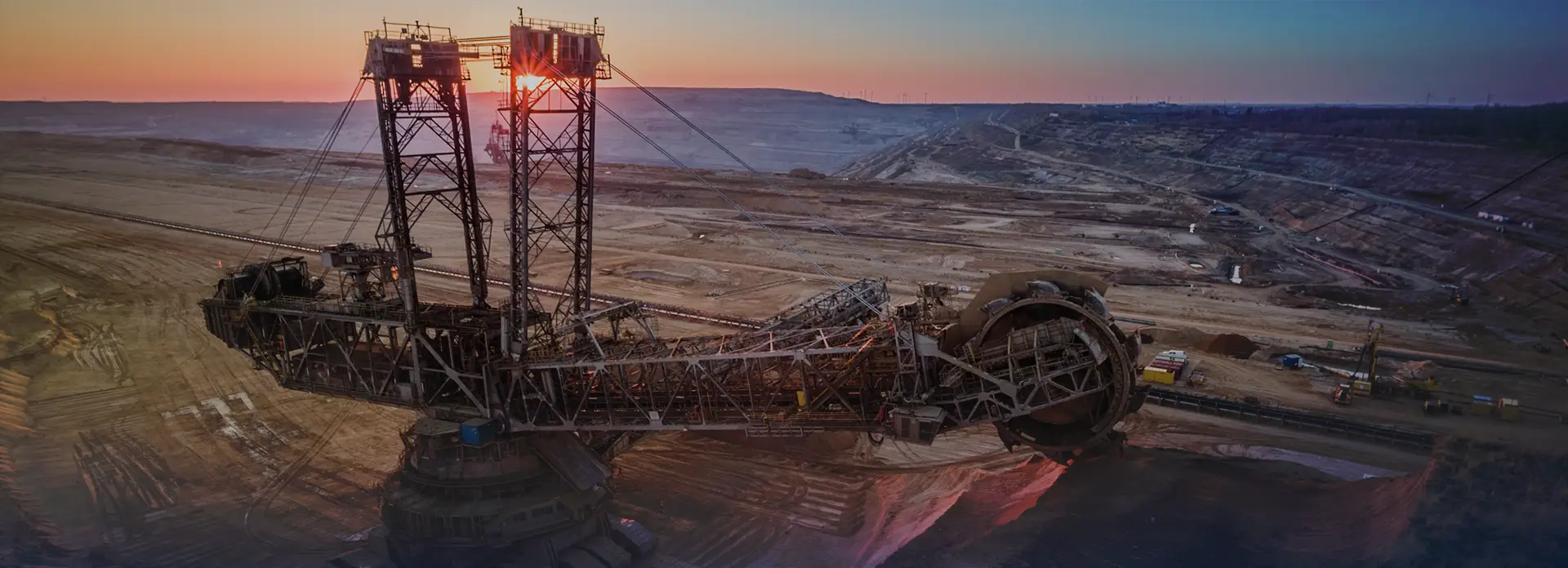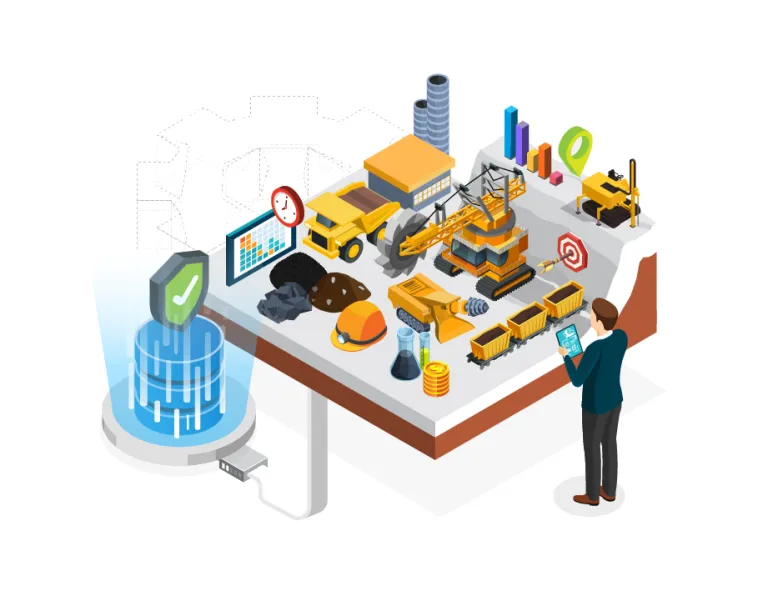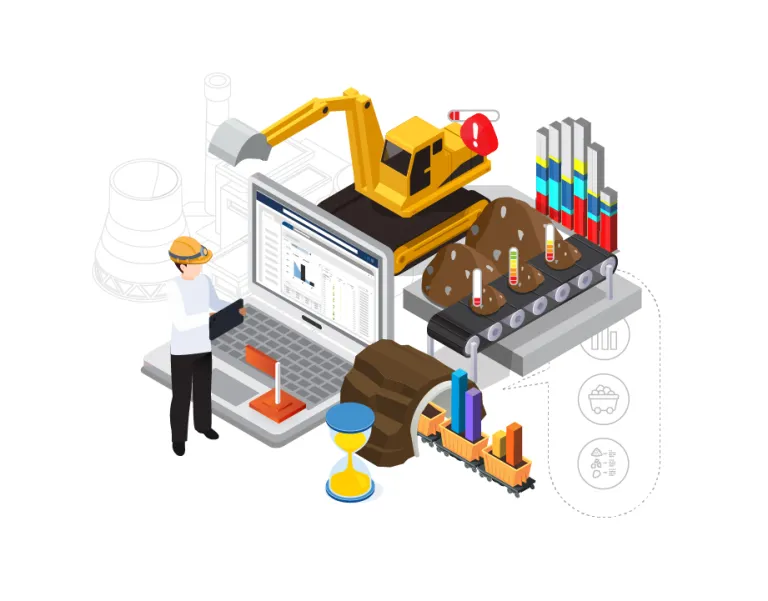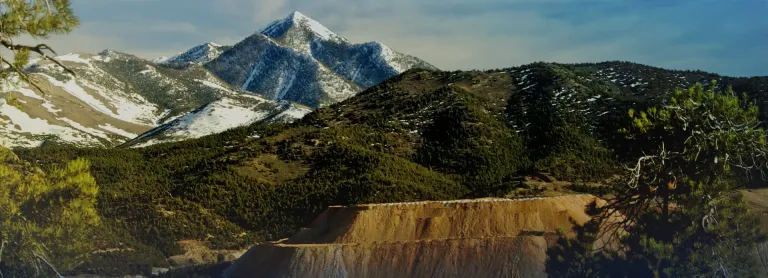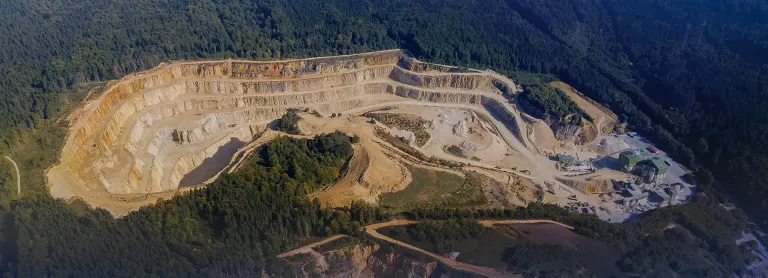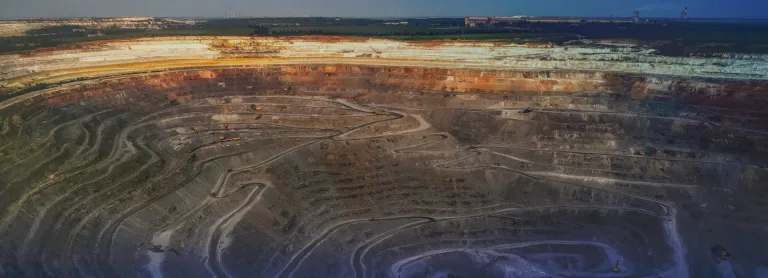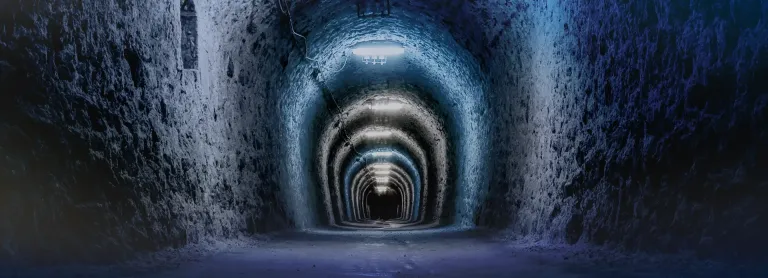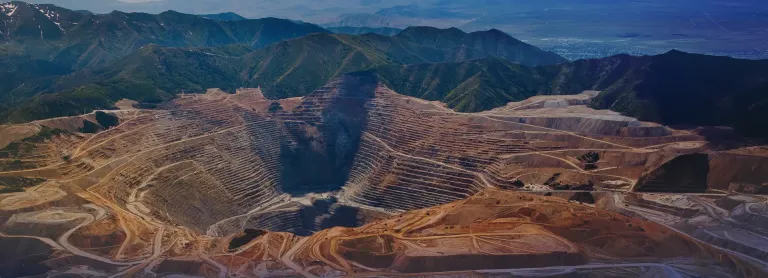Mine Operations
Generate More With Less Through Advanced Mine Operations Management
Boost The Productivity Of Your Mine with GEOVIA
Mining companies must use every possible strategy to manage the pressure to produce more while also coping with lower-grade deposits and meeting rising sustainability targets. Yet many mines are missing out on significant opportunities to boost the productivity of their mines. For example, some mines still capture operations data manually, often writing information down on paper before transferring it to an Excel spreadsheet that they then send out by email. This works, but it’s both prone to error and slow. It also builds organizational and technological silos, where important information may be held in one area of the company when it could be of great use to someone in another department, but they don’t even know it exists.
Mine operations management is the key to a more productive future. GEOVIA’s advanced mine operations management solution fuses together software — including operational control, material reconciliation, and asset performance programs.
Revolutionize Your Mine Operations
GEOVIA’s advanced mine operations management solution fuses together software — including operational control, material reconciliation, and asset performance programs — to eliminate the manual handling of information and reliably link all sources of data, from fleet management to weighbridge, laboratory to stockpiles and everything in-between, into one single source of truth.
The result is greater control over mine operations and a better understanding of how your mine’s production today will affect revenue, cash flow, costs, and forecasts in the future, leading to better decisions and improved resilience to industry pressures.
Plan for the Future
Through GEOVIA'S advanced mine operations management tools, mine managers can see each and every stage of the mining process. From that vantage point, they can then swiftly identify such essentials as:
- the causes of production delays or equipment downtime
- actual production compared to target production
- how well grade control is performing, and
- where the latest data required for production reporting is located.
Start Your Journey
The world of mining is changing. Discover how to stay a step ahead with GEOVIA
GEOVIA FAQ About Mining Operations & Mining Land
Also Discover
Learn What GEOVIA Can Do for You
Speak with a GEOVIA expert to learn how our solutions enable seamless collaboration and sustainable innovation at organizations of every size.
Get Started
Courses and classes are available for students, academia, professionals and companies. Find the right GEOVIA training for you.
Get Help
Find information on software & hardware certification, software downloads, user documentation, support contact and services offering
